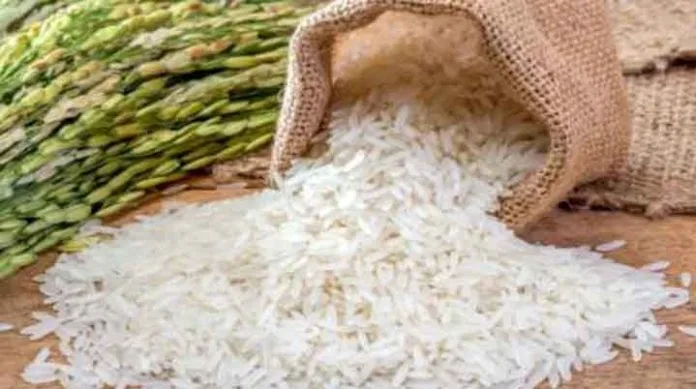Global Shift: India Pushes for Majority Share in World Rice Trade
The global rice trade is on the brink of a major shake-up. With consumption rising across Asia, Africa and the Middle East, India has announced an ambitious plan to capture 55–60% of the world’s rice export market, positioning itself as the undisputed leader in the global grain economy. Backed by record output, aggressive export planning, and expanding market access, India is preparing to reshape the global rice supply chain and reinforce its influence in international food security.
According to trade officials and rice exporters, India aims to push shipments toward 30 million tons annually, a substantial jump from previous averages. This, if achieved, would give India a commanding lead over existing competitors, including Thailand, Vietnam and Pakistan, which currently hold far smaller shares of the export pie.
🌾 Why India Believes Dominance Is Possible
India is already the world’s largest rice exporter — but the new strategy goes beyond leadership. It aims for dominance.
Key strategic advantages include:
1. Record Production
India continues to register bumper rice harvests, thanks to expanded cultivation, better irrigation, improved seed varieties, and government support for Minimum Support Prices (MSP).
2. Massive Exportable Surplus
Unlike many nations that grow rice primarily for domestic consumption, India maintains a large surplus, allowing it to target new markets without risking internal supply.
3. New Market Outreach
India has intensified trade outreach across Africa, Southeast Asia, Europe and West Asia. Demand for basmati and non-basmati varieties has surged, particularly in:
UAE
Saudi Arabia
Senegal
Indonesia
Japan
European Union markets
4. Rise of Premium Product Branding
India is also pushing GI-tagged basmati, premium packaged rice, and strict quality standards to build stronger brand credibility in high-income markets.
🌍 Global Impact: Winners, Losers and Market Reactions
If India succeeds in reaching its 55–60% target, the consequences will be global.
For importing nations:
India’s rise could mean stable supply and more competitive pricing, especially for food-dependent regions in Africa and Asia.
For competing exporters:
Countries like Thailand and Vietnam could face significant price pressure, forcing them to either reposition as premium suppliers or lose volume share.
For global food security:
Analysts say India’s export strength could make it a central pillar in global food-stability planning, especially during climate-driven crop disruptions.
🗣️ Expert View
“India’s scale, production strength and surplus capacity give it a natural advantage. If logistics and diplomacy align, it can easily command majority market share,”
— Global Agri-Trade Analyst, Singapore
⚠️ Challenges Ahead
Despite its strengths, India’s path will not be without obstacles:
Competition from Thailand & Vietnam
Shipping and logistics bottlenecks
Global price volatility
Climate-related risks to crop output
Trade experts warn that gaining 60% share is possible — but sustaining it will depend on policy consistency, market diversification and quality control.
📌 Conclusion: A Defining Chapter in Global Food Trade
India’s bold ambition to control the majority of the global rice market signals a new era in agricultural trade. With strong production, strategic planning and widening market reach, India is positioned to become the most influential player in global rice supply. If the 55–60% target is achieved, it will mark one of the biggest agricultural export milestones in modern world trade.
















